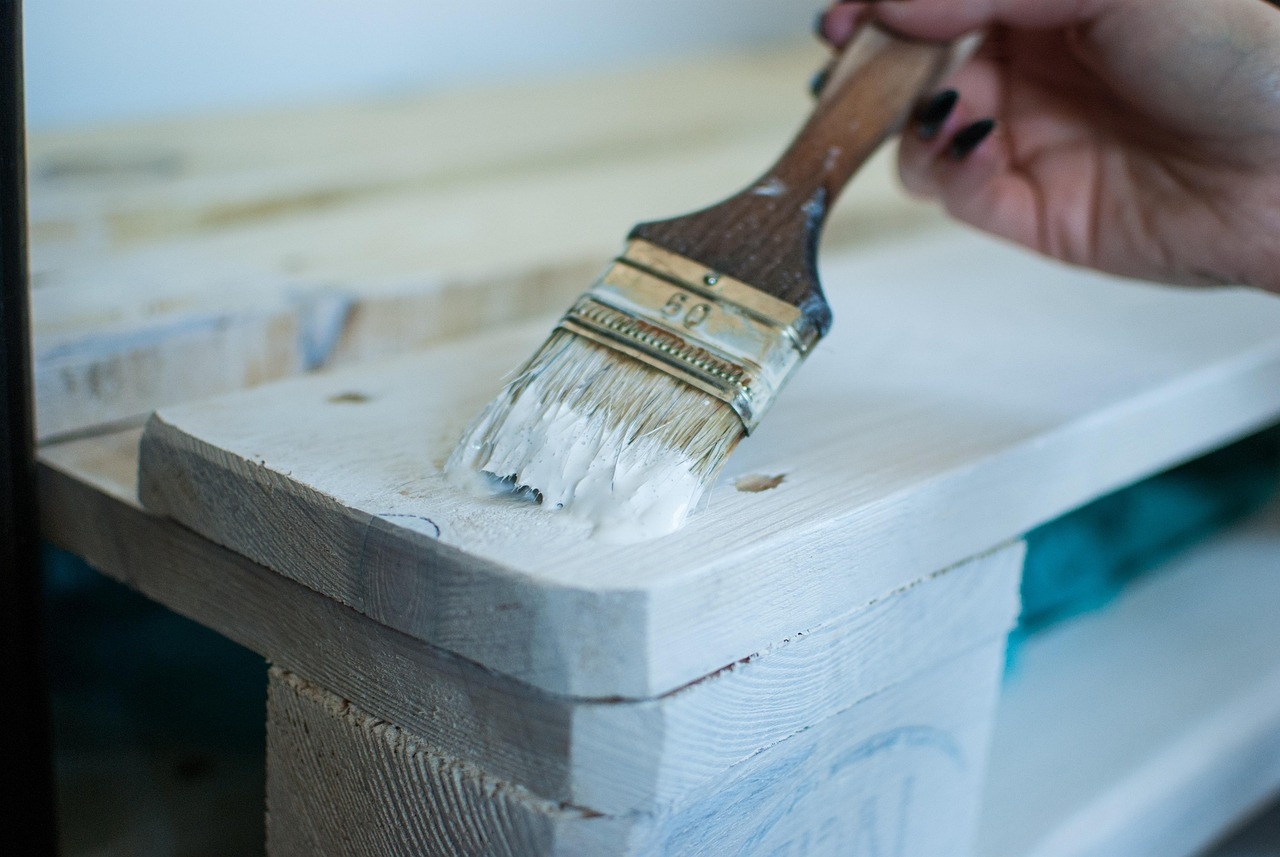Choosing exterior paint is about more than color—it’s about protection, durability, and creating a lasting finish that stands up to weather, UV, moisture, and time. A well-chosen and properly applied exterior paint can extend the life of siding, trim, and masonry while enhancing curb appeal. In this guide, you’ll learn types of exterior paint, finishes, surface prep, application methods, and care tips to make your project a success.
In your store’s catalog, one sees that Benjamin Moore is carried as a premium option—this gives a benchmark for quality. But regardless of brand, the principles below apply to any exterior paint you choose.
Types of Exterior Paints & Their Characteristics
Exterior paint formulations vary to handle harsh outdoor conditions. Some common types include:
-
Acrylic / Latex Exterior Paints: These are among the most popular choices, offering flexibility, quick drying, and easy cleanup. They expand and contract with surfaces, resisting cracking.
-
100 % Acrylic Exterior Paints: A higher grade, often with better adhesion, fade resistance, and durability. Good for surfaces subject to temperature swings.
-
Elastomeric Coatings: Thick, rubbery paints designed for masonry or stucco, capable of bridging small cracks. Useful in climates with wide temperature changes and freeze/thaw cycles.
-
Oil-based (Alkyd) Paints: Less commonly used for full exterior walls nowadays, but still suited for trim, metal, or detailed surfaces where a harder, smooth finish is desired.
-
Specialty Formulas: Paints with additives for mildew resistance, UV protection, water repellency, or low VOC. These are especially useful for damp, sunny, or sensitive environments.
Each type serves different substrates and conditions—choose the one that matches to your material and environment.
Exterior Paint Finishes & Sheens
How glossy your paint is (the sheen) influences aesthetics, washability, and durability. Here are typical options:
-
Flat / Matte: Minimal shine, great at hiding surface imperfections. More vulnerable to dirt and less washable, so better for upper walls or sheltered areas.
-
Low Sheen / Satin: A balance between flat and higher gloss. Easier to clean and less prone to glare—good for large wall surfaces.
-
Semi-Gloss / Gloss: More reflective and durable. Ideal for trim, doors, gutters, or accents. Because they highlight flaws, surfaces must be well prepared.
-
Glossy Finishes: Very shiny, best reserved for small architectural details or accents.
Choosing the right sheen ensures your paint looks good long term and is easier to maintain.
Substrate Compatibility
Your choice of exterior paint must match the surfaces you’re coating:
-
Wood Siding needs breathable, flexible paint so expansion/contraction don’t break the film.
-
Brick, Concrete & Stucco demand paints that tolerate alkaline materials and allow vapor transmission (so moisture doesn’t get trapped).
-
Metal & Aluminum require primers and paints that resist rust and adhere to slick surfaces.
-
Vinyl or Composite Siding often needs paint that cures gently and doesn’t overly stiffen the substrate.
Always use primer or compatible coatings when switching surfaces or refinishing.
Surface Preparation: The Foundation of Success
Preparation makes or breaks your exterior paint job. Key steps:
Clean thoroughly—remove dirt, mold, chalk, loose paint, and stains. Use pressure washing or mild cleaners where appropriate. Repair cracks, holes, or damaged surfaces. Sand rough spots and feather old paint edges. Prime bare or patched areas with the correct primer. Mask and protect adjacent surfaces. Allow surfaces to dry fully—moisture under paint causes peeling. Good prep means your paint stands strong for years.
Application Techniques & Best Practices
When painting, apply smartly:
Work under suitable weather (avoid extreme sun, heat, cold, or humidity). Always maintain a "wet edge" by overlapping strokes before the paint dries. Use quality brushes, rollers, or sprayers suited to the paint type. Apply two thinner coats rather than a single thick one for even curing. Cut in edges first, then apply to large surfaces. Back-roll or brush surfaces painted by sprayer to help adhesion. Respect drying times between coats as specified. Proper technique maximizes both appearance and longevity.
Maintenance & Touch-Up
After painting, proper care ensures durability:
Inspect surfaces yearly for peeling, cracking, or fading. Clean exterior walls gently to remove dirt, mildew, or pollen. Touch up damaged spots before they expand into larger areas. Recoat before full failure appears, especially in sun-exposed zones. In harsh climates, plan repainting cycles earlier. Keep gutters, flashing, and drainage in check to prevent water damage. With regular care, your exterior paint lasts much longer.


